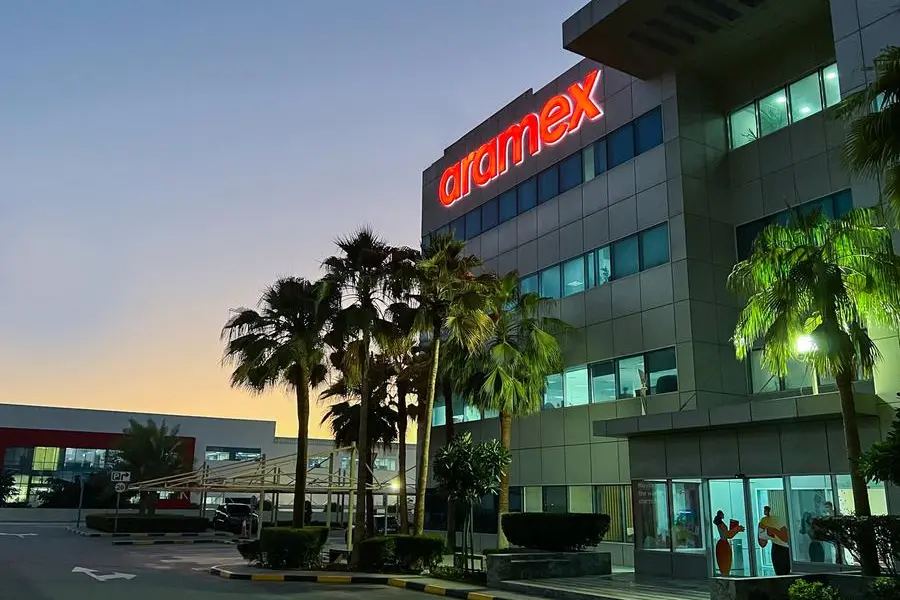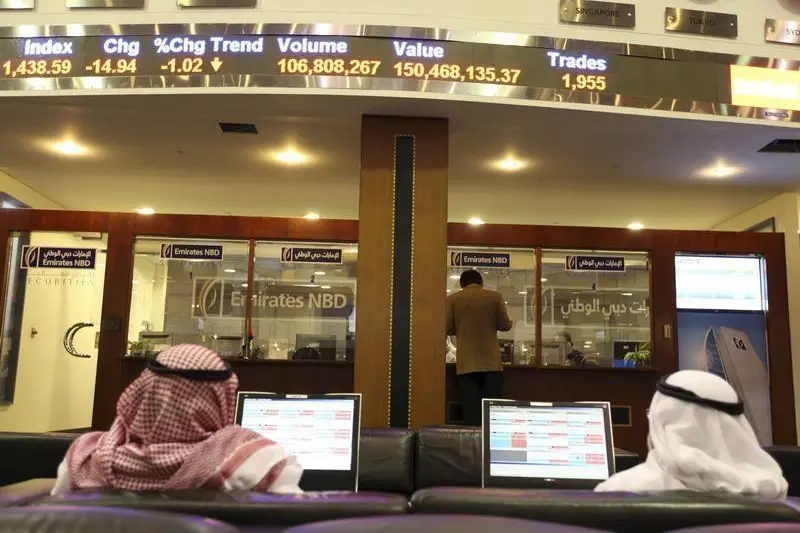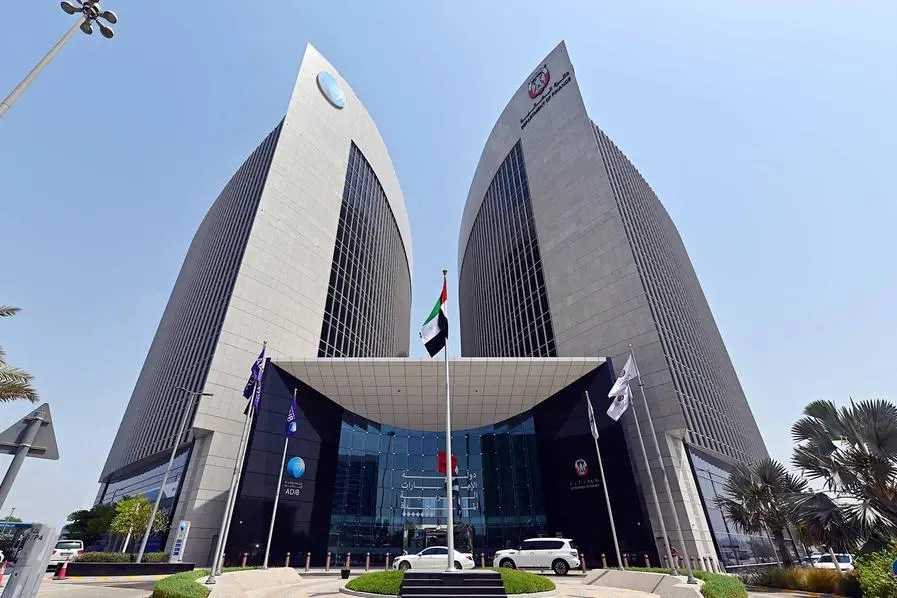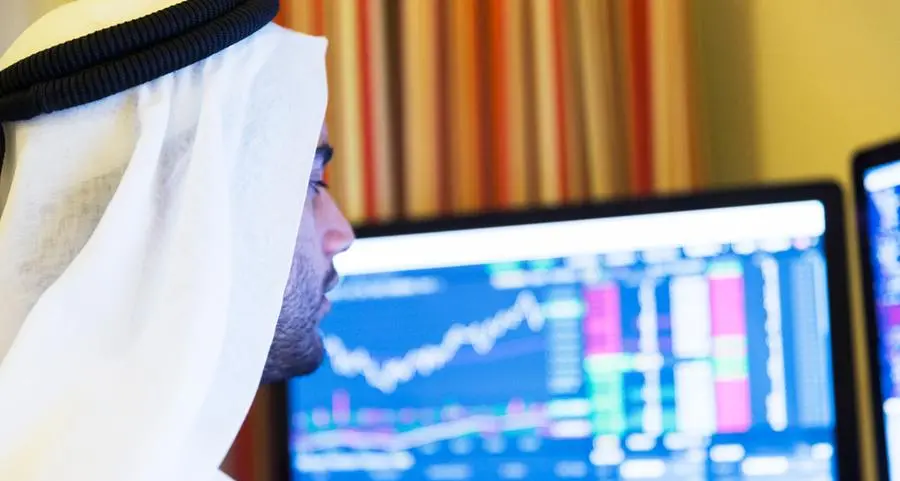PHOTO
Image used for illustrative purpose. Getty Images
NAIROBI, Kenya -/African Media Agency (AMA)/- The two-year project, using PCR’s G-FINDER funding data, a newly developed database of pipeline candidates in infectious diseases and sophisticated modelling, shows that investing in global health product R&D pays off, yielding a staggering health and economic return to societies of $405 for every $1 invested.
This return stems chiefly from the modelling of lives saved and, in turn, years of life saved (i.e. Disability-Adjusted Life Years or DALYs averted) that result from breakthrough drugs, diagnostics, vaccines and vector control products to tackle poverty-related neglected diseases.
This figure reflects the retrospective and prospective impact of products that have come to market in the last 20 years, as well as the anticipated impact of entirely new innovations that are expected to emerge from the pipeline between now and 2040. Prospective modelling was completed using the Portfolio-to-Impact model developed by the WHO Special Programme for Research and Training in Tropical Diseases (TDR).
Dr. Nick Chapman, CEO of Policy Cures Research, commented:
“Decision-makers will always face competing interests and budget pressures, but recent years have underscored the increasing burden of proof we face as a community to keep global health R&D on the agenda while grappling simultaneously with issues of climate change, financial crisis, war, and racial injustice. May this report serve as a key piece of evidence and insights to help meet that call.
I can safely say that the scale of the health, economic and wider societal impact identified in our analysis makes an iron-clad case for investing in R&D for global health.”
Key findings include:
- Millions of lives saved: Between 2000 and 2040, at least 40.7 million lives will be saved, and 2.83 billion DALYs averted thanks to biomedical products for neglected diseases. Most of these lives will be saved in low- and middle-income countries where populations are most affected by these diseases.
- High societal return: Every $1 invested in neglected disease R&D generates a return of $405.
- Trillions of economic and societal benefits: Averting 2.83 billion DALYs generates $49.7 trillion in net societal benefit.
- Many gains will occur in the future: More than 70% of the health and economic impact is modelled to occur between now and 2040. If this benefit is to be realised, there must be sufficient ongoing investment in R&D to progress the pipeline and deliver the next generation of breakthrough global health products, as well as sufficient programmatic and health systems investment to scale up existing and new tools.
- Successful product and candidate development: 183 products targeting neglected diseases have been approved by a regulatory agency or prequalified by the World Health Organization (WHO) since 1999. Moreover, there are 752 active candidates in the neglected disease pipeline and sustained investment is expected to deliver another 182 lifesaving products by the year 2040.
This project is the culmination of over two years of work by Policy Cures Research and project partners including Anthologie, Avenir Health, the African Population and Health Research Center, the Center for Global Development, and the Stanford Innovative Medicines Accelerator with the guidance of a global group of expert advisors from around the world. The project has been funded by the Bill & Melinda Gates Foundation, Open Philanthropy and Wellcome.
For the full report, please visit www.impact.policycuresresearch.org
Distributed by African Media Agency (AMA) on behalf of Policy Cures Research.
Contact: media@policycuresresearch.org
About Policy Cures Research
Policy Cures Research is an independent, not-for-profit, research and policy organisation providing strategic analysis and decision-making tools for those involved in the creation of new health technologies for neglected diseases, emerging infectious diseases and sexual & reproductive health issues. Its focus is on providing governments, funders, researchers and civil society organisations with the insights they need to make optimal R&D policy and funding decisions for diseases affecting the world’s most vulnerable populations.




















